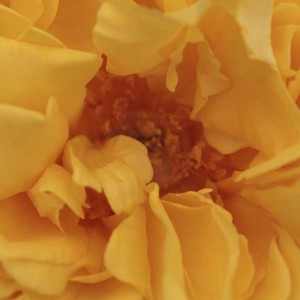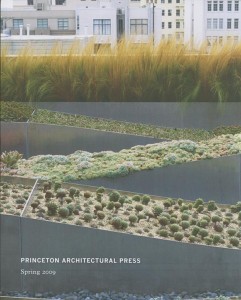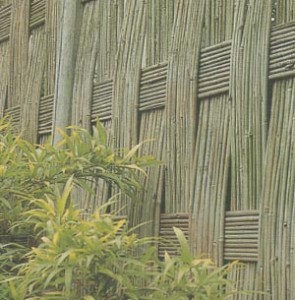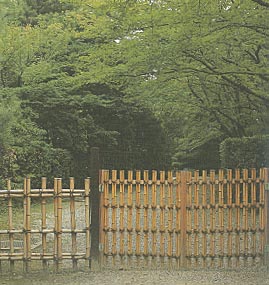This is a post for the reader who might enjoy an occasional book on gardening and landscape architecture that isn’t designed to sit on your coffee table or nightstand.
The British Library has recently unveiled EThOS, a portal to electronic theses and dissertations from the UK. If the thesis has been digitized, it’s available to you for download once you register. Registration is free, and so are most of the texts. If something isn’t available yet, you can request it to be digitized within thirty days so that you can download it. Once again, that process is usually free.
Only a small minority of theses and dissertations written these days is on gardening of course, but there’s some great work being done on the topic in British institutions, with the University of Sheffield leading the way.
Do a basic search on “Sheffield” and “landscape” and you’ll get titles like the following that are available without waiting thirty days:
Wu, Jiahua. Landscape morphology : a comparative study of landscape aesthetics.
Jorgensen, Anna. Living in the urban wild woods : a case study of the ecological woodland approach to landscape planning and design at Birchwood, Warrington New Town.
Alturki, Ashraf. Attitudes towards designed landscapes in two desert cities : Medina, Saudi Arabia and Tucson, Arizona.
Zhao, Jijun. Thirty years of landscape design in China (1949-1979): The era of Mao Zedong. (The abstract for this one outlines some fascinating ideas about designed landscape and ideology: “[L]andscape architects first emerging in early twentieth century China concerned themselves especially with the design of gardens and parks. This situation remained almost unchanged during the radical socialist revolution, which resulted in the founding of the People’s Republic of China in 1949 that was led by Chairman Mao Zedong (1893-1976). During the Mao era (1949-1979), the impact of the Chinese communist ideology on landscape was far-ranging and ground breaking. Besides extensive development of public parks for socialist education as well as recreational purposes, cities were reshaped with large housing areas created for workers–the proletariats, and urban squares playing a crucial role in exhibiting political power, while the countryside was reshaped from a hierarchical landscape with an exploitative nature to an egalitarian one, where the broad masses were to benefit from improvements.”)
Alternately, try a search on “Sheffield” and “garden” and you’ll find titles like these, digitized and ready to download:
Gilberthorpe, Enid Constance. British botanical gardens in the 1980s : changes reflected by bibliographical and social survey.
Kellett, J.E. Public policy and the private garden : An analysis of the effect of government policy on private garden provision in England and Wales 1918-81. (Sheffield City Polytechnic)
…and then there are intriguing titles like these that still need to be digitized though you could be reading them in not much more time than it takes for a book to be delivered to your doorstep:
Qasim, Mohammad. The potential role of private gardens in developing greater environmental sustainability in cities.
Cannon, Andrew R. Wild birds in urban gardens : opportunity or constraint?
Be forewarned. From the skimming I did, these texts read like…well, college dissertations. Even among the authors who write really clearly you sense a certain amount of them playing academic buzzword bingo. After all, the authors have to tell their profs that they know the literature and can use their lingo. In addition, the photos accompanying the texts aren’t picture-book quality the way they appear online. But once you get beyond that, you cross over to a world rich in ideas.










